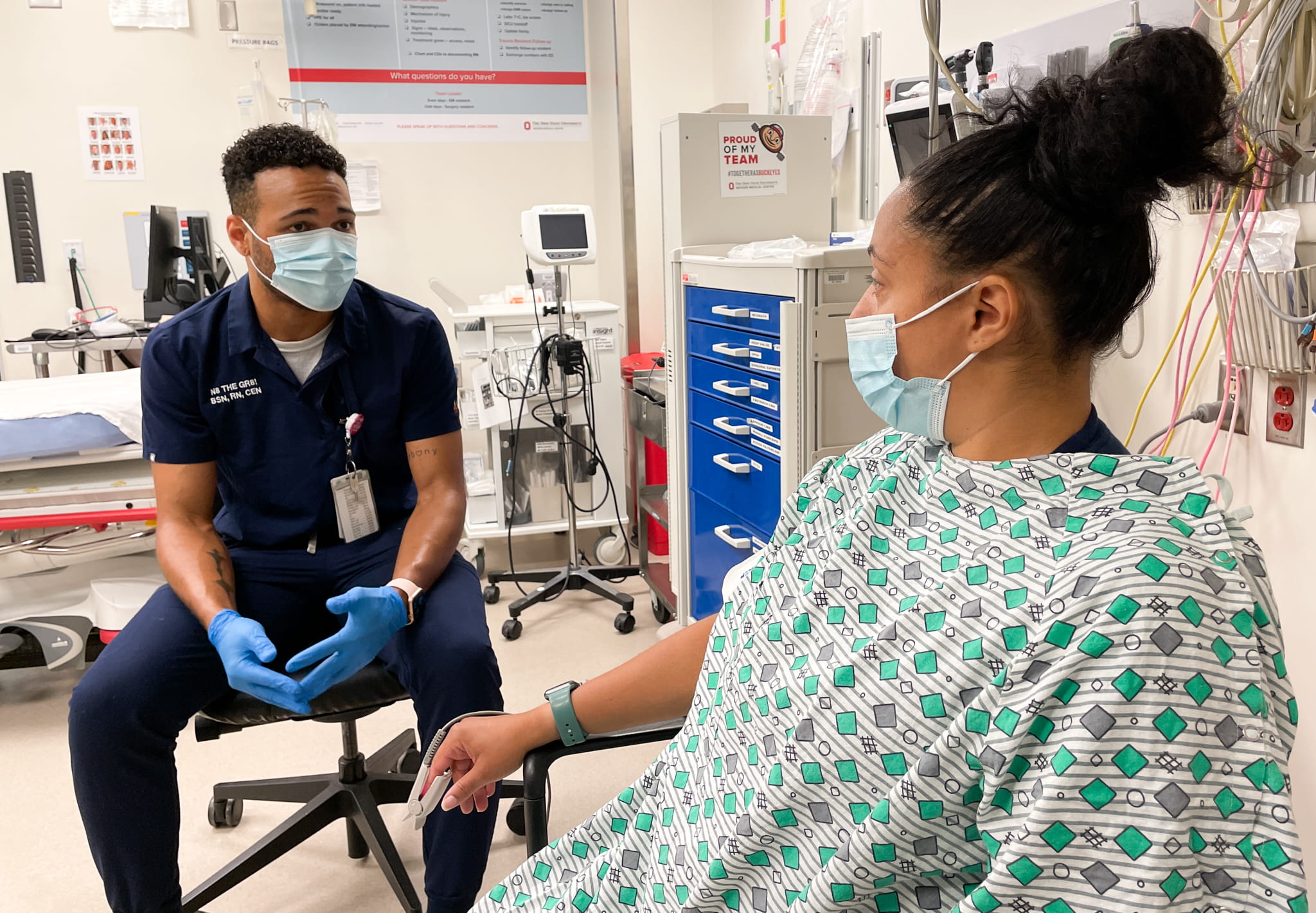August 30, 2021
 “Immunization is our best defense against influenza, and we wanted to make sure all the communities we serve were equally protected,” said Dr. Aaron Clark, a family medicine physician at the Ohio State Wexner Medical Center and medical director of the Ohio State Health Accountable Care Organization.
“Immunization is our best defense against influenza, and we wanted to make sure all the communities we serve were equally protected,” said Dr. Aaron Clark, a family medicine physician at the Ohio State Wexner Medical Center and medical director of the Ohio State Health Accountable Care Organization.
According to the Centers for Disease Control and Prevention, Black and Hispanic people have higher rates of severe illness, hospitalization and death from the flu, compared to the white population, and significantly lower rates of vaccination against the flu. During the 2019 – 2020 flu season, 53% of white people received the flu shot compared to 41% of Black people and 38% of Hispanic people.
“If there's a way we can reduce that disparity by providing improved access to the vaccines and addressing the community's concerns, that is absolutely the right thing to do,” Clark said.
 To this end, in August 2020, Ohio State Wexner Medical Center increased the number of flu shots it purchases and created new clinical procedures to offer flu vaccines in its emergency departments, retail pharmacies, primary care and specialty clinics and inpatient units. A team of nurses called patients in target ZIP codes to encourage flu vaccination and respond to patient concerns. Additionally, the health system hosted drive thru flu shot blitzes and pop-up flu shot clinics with community partners and deployed a mobile health unit to provide flu shots in underserved communities.
To this end, in August 2020, Ohio State Wexner Medical Center increased the number of flu shots it purchases and created new clinical procedures to offer flu vaccines in its emergency departments, retail pharmacies, primary care and specialty clinics and inpatient units. A team of nurses called patients in target ZIP codes to encourage flu vaccination and respond to patient concerns. Additionally, the health system hosted drive thru flu shot blitzes and pop-up flu shot clinics with community partners and deployed a mobile health unit to provide flu shots in underserved communities.
As a result of these efforts, the Ohio State Wexner Medical Center’s emergency departments administered 10 times the number of flu shots to non-white patients by March of 2021 than during the 2019 – 2020 flu season. Next the academic medical center is applying lessons learned to COVID-19 vaccination and preventive measures like diabetes checks and cancer screenings.
“I think what made our initiative successful where we rolled this out was the fact that there was a trusted individual standing right next to the patient, answering their questions honestly and openly, without judgment or any preconceived ideas about whether there was hesitancy or not around the immunizations,” Clark said. “Unless you actively look for these disparity issues and then come up with very transparent ways of addressing them, they will always be there. And so this is a step towards improving that.”
###
Media Contact: Serena Smith, Wexner Medical Center Media Relations, Serena.Smith@osumc.edu, 614-293-3737
